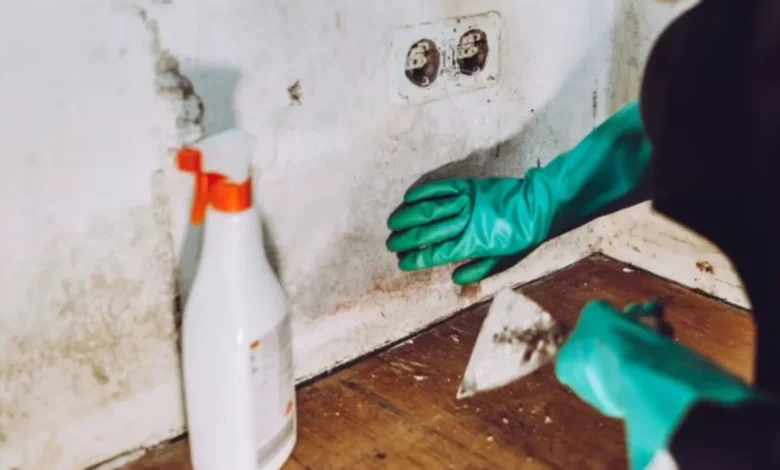How To Treat Fungal Infested Walls And Wood

Every house, no matter how small or large it is in Kansas City, has wooden windows, doors, or furniture inside. Just imagine the consequences if these wooden pieces get infected with wood borers, which are tiny beetles that only enjoy living inside wet wood.
You will be committing a serious error if you treat a wood borer infestation in your home lightly. With the help of eggs and larvae that devour all of the wood inside, they can eventually set up an entire colony inside your wooden structures. If you want to get rid of pests in Kansas City, you should contact your local pest control company.
Contents
Ways to treat fungal-infested walls in your home
Wood-destroying fungi, unlike pests with legs, do not move around your home but instead emerge as mold. Mold often grows in seldom-visited regions, making it very hard to identify, unlike common household pests that usually warn you of their presence. However, the air you breathe contains billions of mold spores.
If you notice that allergies, breathing problems, or illnesses improve when you are not at home, you might have a fungal infection. A mold infestation might also be detected by persistent, musty smells, though determining the source usually calls for the help of a pest control expert.
White rot (pocket rot) and brown rot are the two primary forms of fungal wood rot that are often treated.
-
Pocket Rot
Long-term moisture exposure to wood may result in the development of pocket rot, referred to as white rot, which may affect the structural strength of wood parts. Pocket rot gives the wood a white sparkle and makes it fibrous and flexible, allowing it to break easily.
-
Brown Rot
Brown rot, like pocket rot, can grow in wooden parts that have been kept damp for an extended amount of time. Wood that has experienced brown rot shrinks and turns chunky, resembling cubes or other geometric shapes.
Are wood-destroying fungus dangerous?
The rapidity with which fungal-induced wood rot can consume building bones is what makes it so dangerous. The strength of lumber will be eroded by fungus growth, which will result in leaks, cracks, and general structural damage. Insects or pest animals may be attracted to the moisture found in decaying wood, causing a vicious circle of challenges from one problem to several. If you see fungus developing on rotting wood in your house or place of business, get a professional to determine the severity of the issue.
Although wood fungus may severely damage your home’s structure, it can also give termites quick entry to a corridor. Fungi soften the wood, making it easier for subterranean termites and drywood to burrow. Additionally, these termites bring their own moisture into the wood when they burrow, which feeds the destructive cycle of wood rot.
Methods for preventing fungus that degrades wood.
Your best defense against the spread of fungi that eat away at wood is moisture control. These four suggestions may help you prevent moisture, which may lead to fungus wood rot:
- Only treated wood should be chosen for construction because it will be less likely to gather moisture from the surrounding air.
- Call a professional to inspect any areas of your home where you see moisture build-up as an outcome of a plumbing leak or break as quickly as possible.
- Water build-up is a typical result of dirty gutters and downspouts, so keep them free of debris.
- To prevent moisture from leaking into the basement walls and flowing away from your foundation, grade the outside of your house.
How can mold spread in my home?
Since mold needs water to thrive, it often settles in places where there is a leak or where water damage has occurred. (Paint that is peeling or bubbling, discoloration, or swelling in the walls or ceilings are indications of water damage.) However, wet, humid places like crawl spaces and basements can also become an ideal environment for mold.



